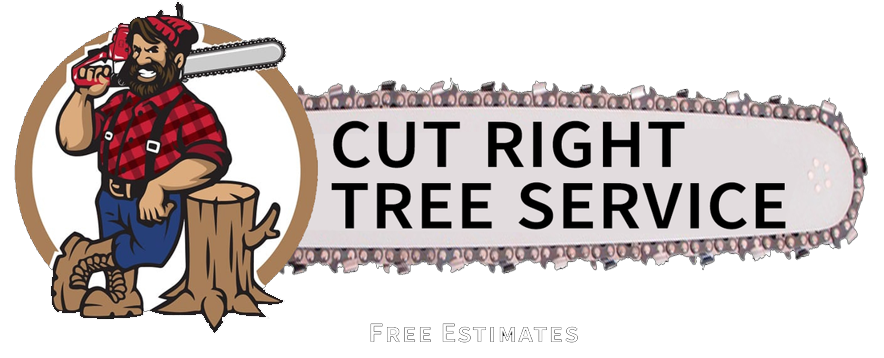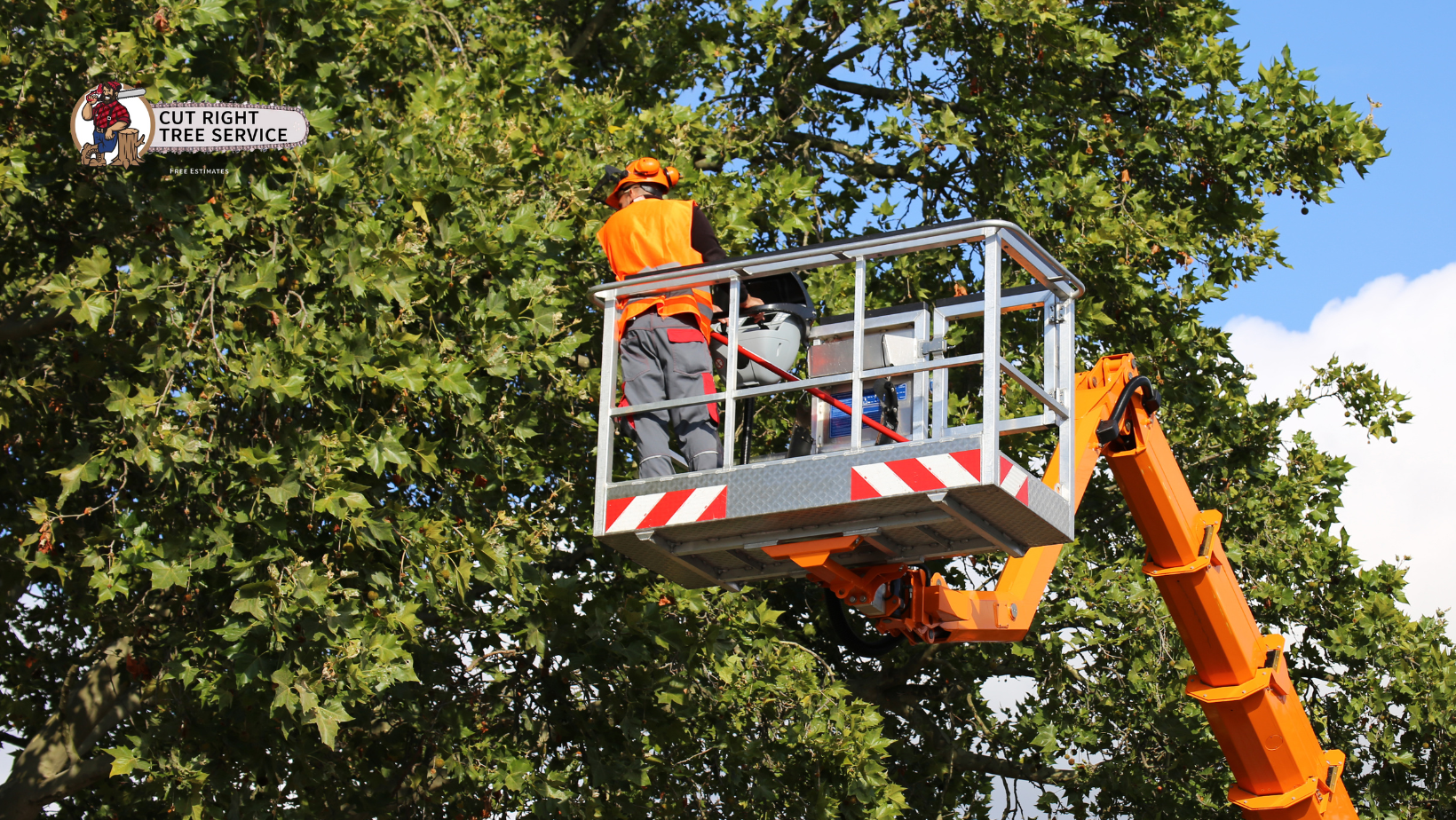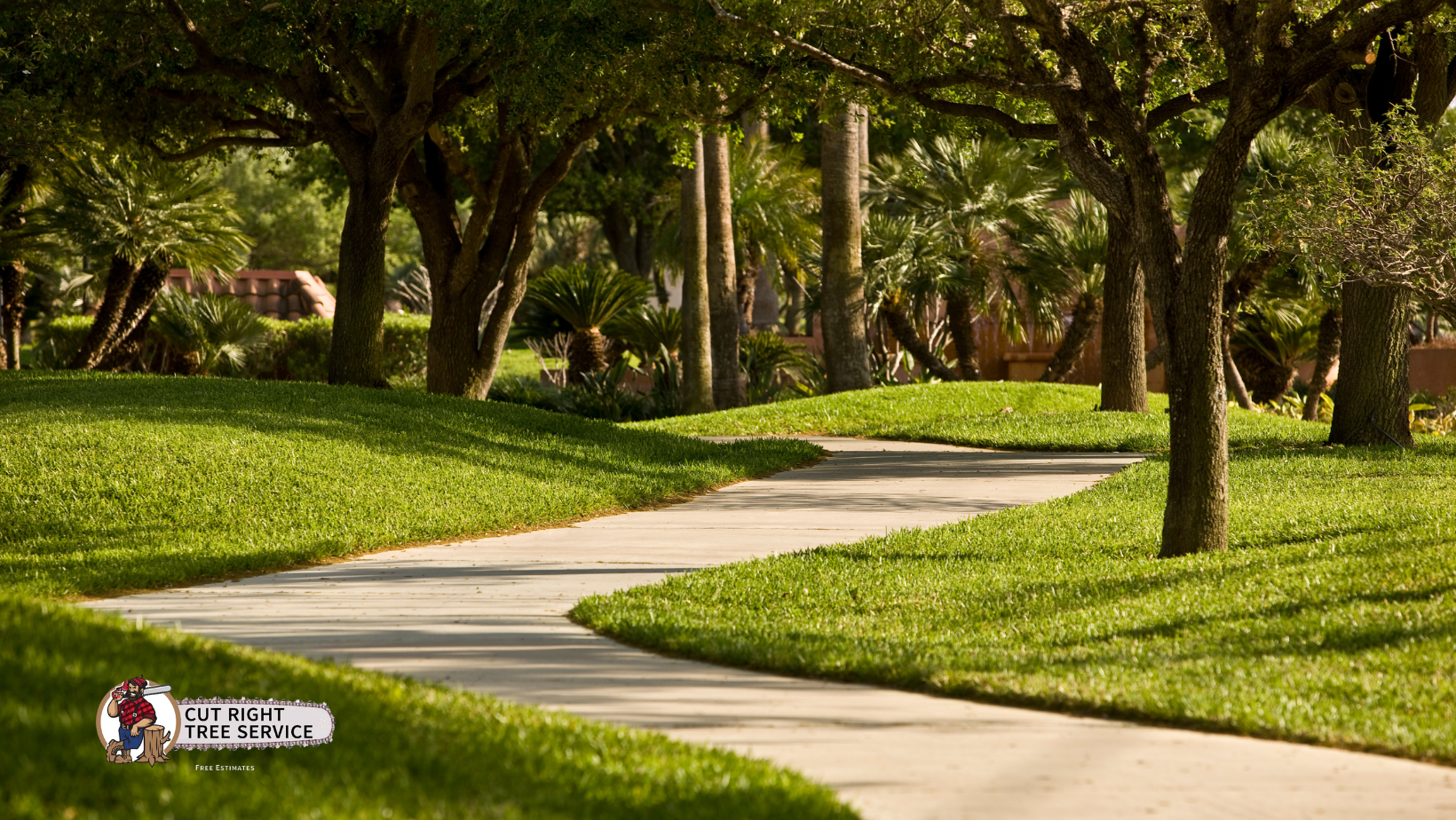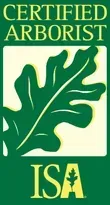Benefits of Land Clearing for Agricultural Purposes
How Land Clearing Enhances Agricultural Productivity and Land Management
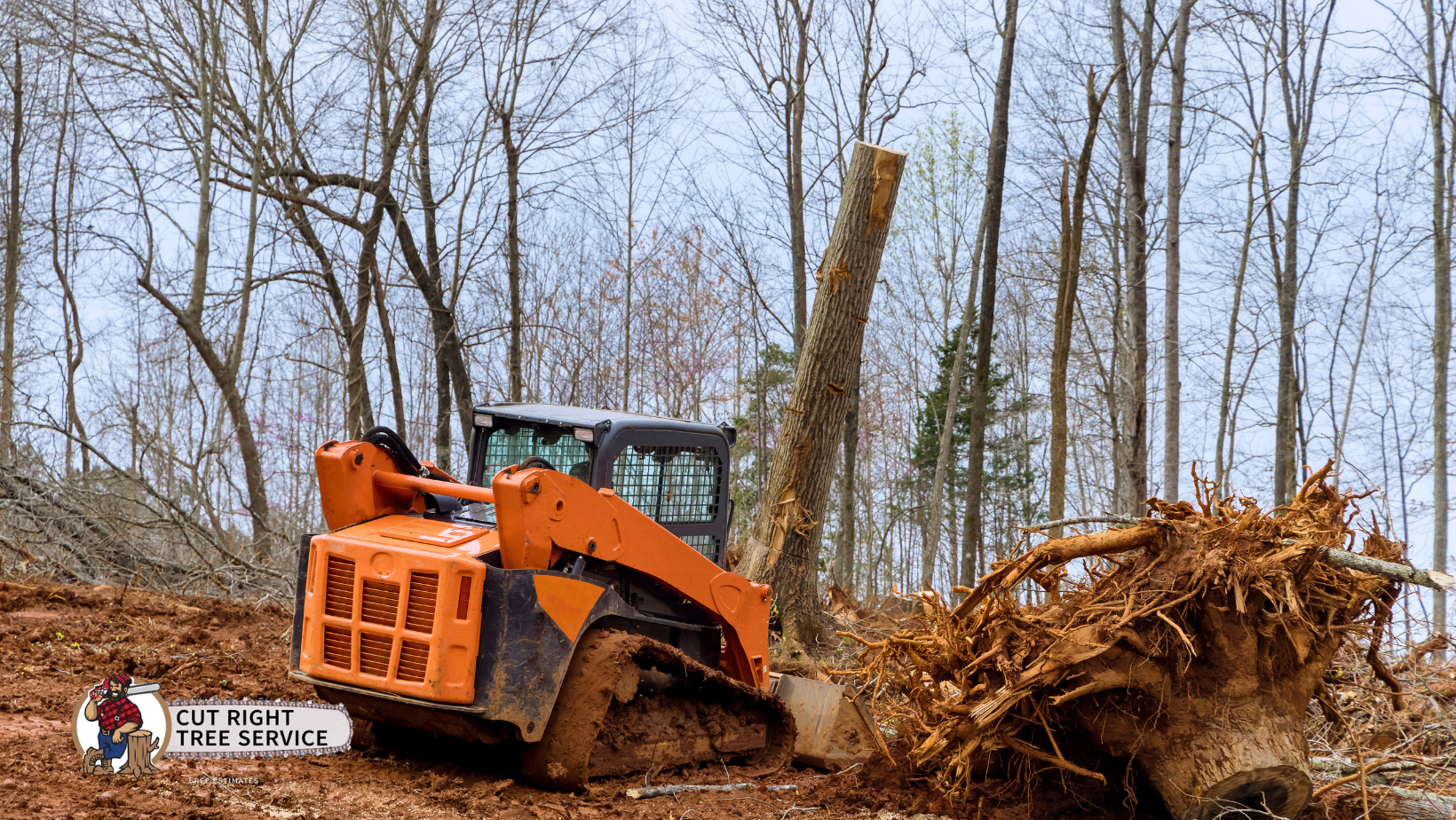
For farmers and landowners, efficient land management is key to maximizing crop yields and ensuring sustainable agricultural practices. One of the most effective ways to prepare land for farming is through professional land clearing. Removing unwanted vegetation, trees, and obstacles can significantly enhance soil quality, improve drainage, and create more usable space for crops and livestock.
Why Land Clearing is Essential for Agriculture
Clearing land for agricultural purposes goes beyond just making space—it helps optimize the land for long-term productivity. Here’s how:
- Increases Usable Farmland: Removing trees, stumps, and overgrown brush expands the amount of land available for planting crops or grazing livestock.
- Improves Soil Quality: Eliminating weeds and invasive plants allows essential nutrients to remain in the soil for healthier crop growth.
- Enhances Water Drainage: Proper clearing helps prevent water pooling and soil erosion, ensuring fields receive adequate hydration without flooding.
- Reduces Pest Infestations: Overgrown vegetation can harbor pests that damage crops and spread disease, making clearing a crucial step in pest control.
- Promotes Efficient Land Use: With a properly cleared field, farmers can implement irrigation systems, fencing, and other agricultural infrastructure more effectively.
Methods of Land Clearing for Agriculture
Different techniques can be used depending on the size of the land, soil conditions, and agricultural goals. Some common methods include:
1. Mechanical Clearing
Using heavy machinery like bulldozers, excavators, and mulchers, mechanical clearing quickly removes large trees, stumps, and brush. This method is ideal for large-scale farmland preparation.
2. Controlled Burning
In some cases, controlled burning is used to clear vegetation and improve soil fertility by returning nutrients to the ground. However, this method must be carefully managed to prevent wildfires.
3. Manual Clearing
For smaller plots or areas with delicate ecosystems, manual clearing using chainsaws, axes, and hand tools is a more precise approach that minimizes environmental disruption.
4. Herbicide Application
Selective herbicides can be used to eliminate invasive plant species without harming desirable crops. This is often combined with other clearing methods for long-term vegetation management.
Sustainable Land Clearing Practices
While land clearing is beneficial, it should be done responsibly to maintain environmental balance and prevent soil degradation. Sustainable clearing practices include:
- Erosion Control: Implementing silt fences and cover crops to prevent soil loss.
- Selective Clearing: Removing only necessary vegetation while preserving beneficial trees and plants.
- Mulching and Composting: Recycling cleared vegetation into mulch or compost for soil enrichment.
- Reforestation Planning: Planting windbreaks or buffer zones to protect soil and crops from erosion.
Maximize Your Agricultural Land with Professional Clearing
If you’re looking to clear land for farming, livestock, or any other agricultural use, trust the experts at Cut Right Tree Service. We provide efficient, eco-friendly land clearing solutions tailored to your property’s needs. With 30 years of experience, we provide expert tree trimming, tree assessment, and tree removal services in Chattanooga and the surrounding areas, ensuring safe and efficient work.
Call us today at (423) 260-1238 to schedule a consultation and receive a free quote - optimize your land for agricultural success!

